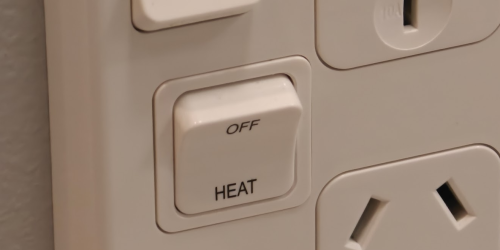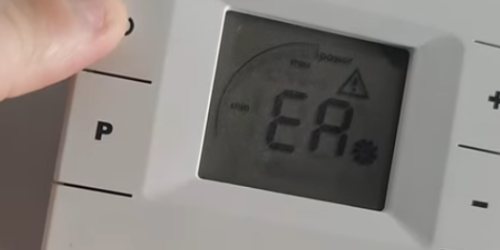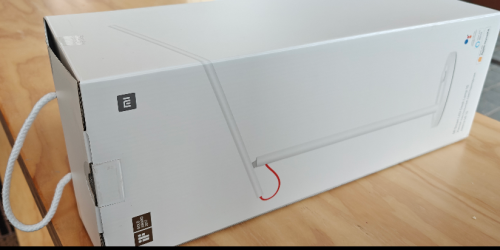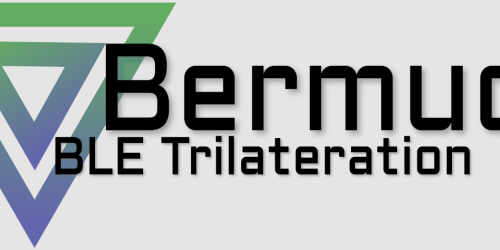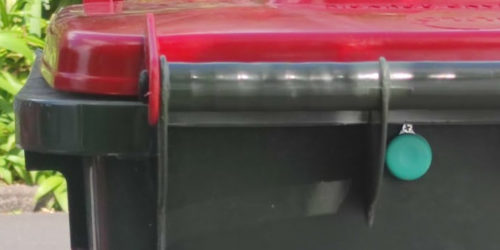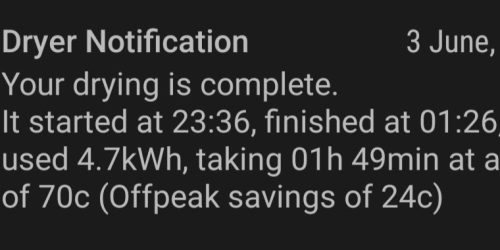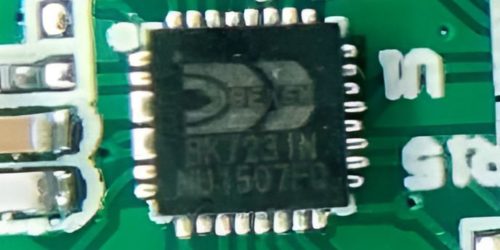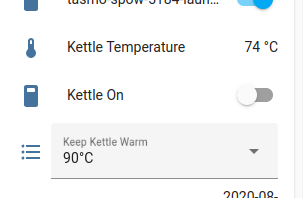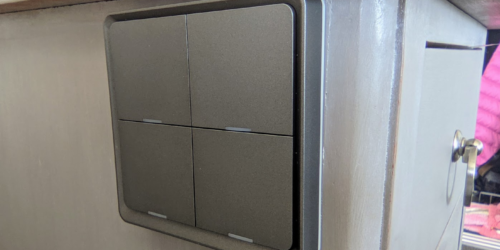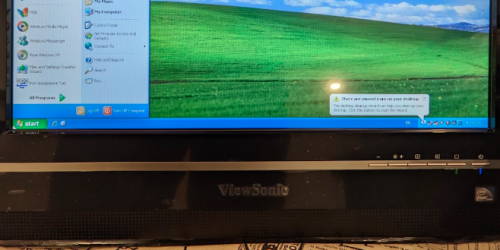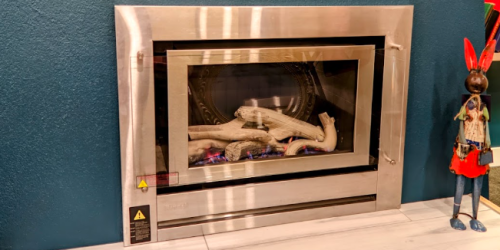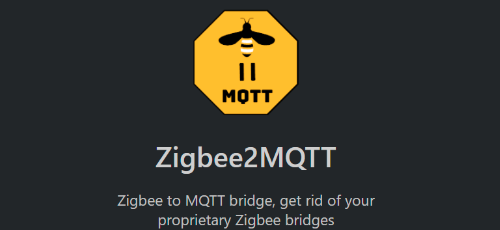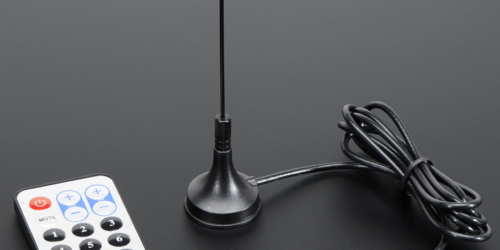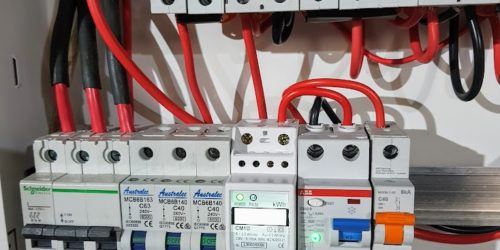ESPHome Towel Rail Timer, preparing for offline use
A good home automation system should at least fall back to being an intuitive basic dumb system if offline (as minimum), and some automation features remaining is a bonus.
This was the start of my mission to update a few of the remaining items in my house by giving them some offline functionality, and slightly better than ‘no function’ where I can (for the eventual new home owner).

